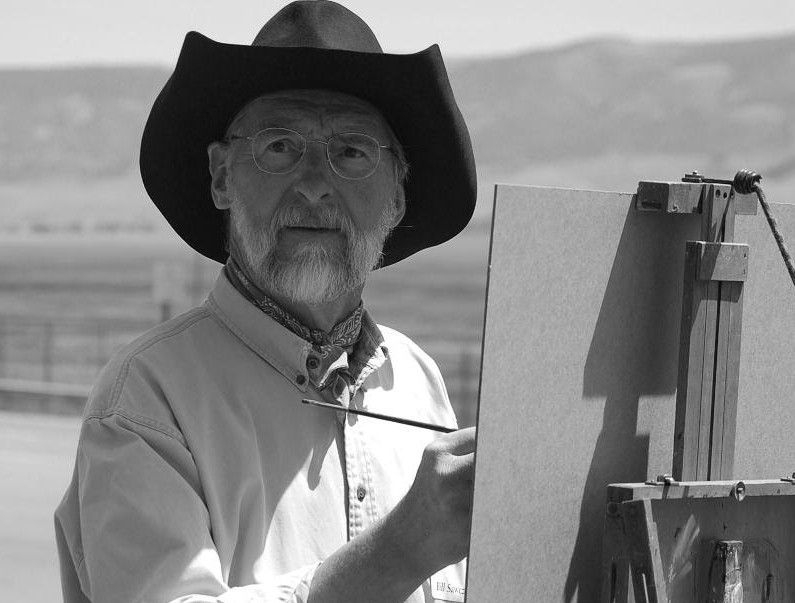The story is told that when Michelangelo was painting the ceiling of the Sistine Chapel, Pope Julius II would look up and shout to him "When will you be done?," and Michelangelo would shout back "When it is finished!" Of course they were talking about physically finishing the paintings of the entire ceiling and not just one particular segment. This, admittedly is a round about way of taking us to pleine air painting and the question of when it is finished. Pleine air painting poses a very different question of when a work is finished versus a studio painting, of course, because of time constraints. One could argue that this statement is not true, as finished means finished no matter where the painting takes place. I will be truthful and tell you that most of my paintings are not alla prima and require some work in the studio to be "presentable." Occasionally, I come upon a scene that is so perfect for pleine air work that I can figuratively paint it before I paint it. These paintings do not need a single stroke after the work out of doors. For me, this is rare but it does happen.
 |
| This is an alla prima piece measuring 20 x 16 |
I enjoy painting in the vignette style, which leaves some of the canvas unpainted. I have left it that way because, simply, there was no more to say. I don't know at the start of the picture that it will be a vignette because I haven't concentrated on making the whole canvas a picture. I am working at using the space I need to paint the subject. This is a fault of mine, so I shouldn't be sensitive to comments about completing the picture (*expletives deleted*). Many paintings can be touched up in the studio... but, be careful! This is where the painting is most susceptible to be ruined. Stand back 4 feet and keep your brush off of the painting until you know exactly what you will do to improve it. If you don't really know what to do, leave it alone! You have then made the best decision.
What we have talked about here is one of the most difficult of questions that an artist asks himself. If you have a good, solid feeling for what you are trying to say, then you WILL know when you have said it. A lukewarm response to the subject before you will almost always result in a lukewarm representation in paint. So, happy painting and remember Pope Julius!
Behind the Brushes
"The pleine aire painting and a question from Pope Julius II"
Trio Fine Art




